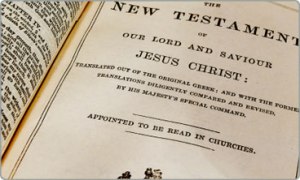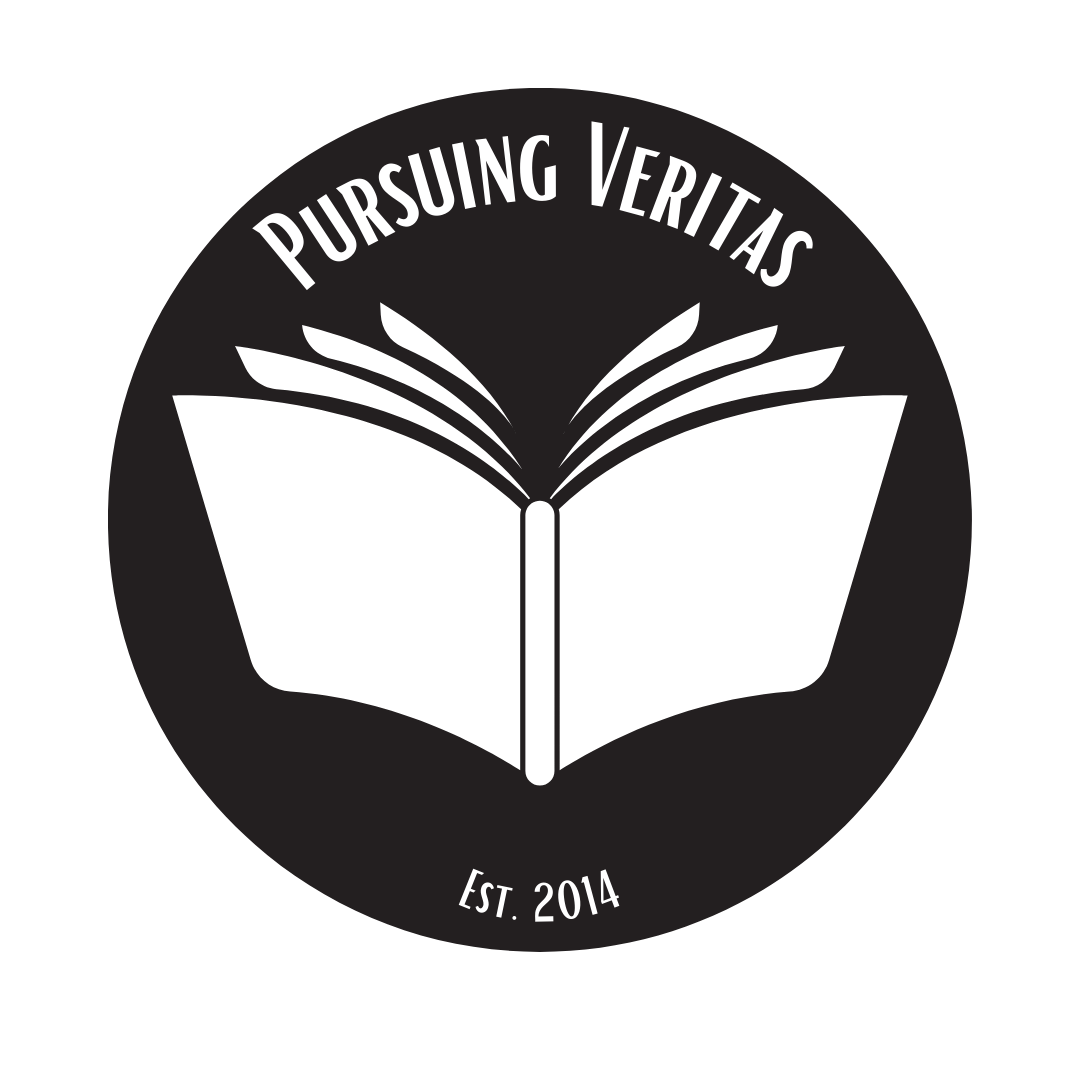 Theophilus also made use of a number of Pauline writings.[i] Evidence is most convincing for reliance on Romans,[ii] 1 Corinthians,[iii] 2 Corinthians,[iv] Philippians,[v] Colossians,[vi] 1 Timothy,[vii] and 2 Timothy.[viii] In addition to these literary connections, Theophilus reflects a broad knowledge of Pauline phraseology, indicated most clearly in his discussion of resurrection in Autolycum 1.8 and critique of idolatry in Autolycum 2.2.[ix]
Theophilus also made use of a number of Pauline writings.[i] Evidence is most convincing for reliance on Romans,[ii] 1 Corinthians,[iii] 2 Corinthians,[iv] Philippians,[v] Colossians,[vi] 1 Timothy,[vii] and 2 Timothy.[viii] In addition to these literary connections, Theophilus reflects a broad knowledge of Pauline phraseology, indicated most clearly in his discussion of resurrection in Autolycum 1.8 and critique of idolatry in Autolycum 2.2.[ix]
This preponderance of Pauline references, as well as his affirmation of Romans and 1 Corinthians as “prophetic scriptures,”[x] suggests that Theophilus not only knew Paul’s writings and found them useful, but that he had access to a collection of Pauline writings which he regarded as inspired.[xi] Ad Autolycum also echoes Hebrews[xii] and the Apocalypse of John,[xiii] while possibly referencing the epistles of Peter.[xiv] Theophilus may also have utilized other Christian sources, including liturgical or catechetical materials,[xv] Pseudo-Ezekiel,[xvi] First Clement,[xvii] Justin’s First Apology,[xviii] and the Teaching of Peter.[xix]
 It seems, then, that Theophilus knew the Gospels of Matthew, Luke, and John, though he preferred to use Matthew and John. He also knew Acts, Hebrews, and the Apocalypse of John, and at least Romans, 1 Corinthians, 2 Corinthians, Philippians, Colossians, 1 Timothy, and 2 Timothy among Paul’s letters. He may also have known Peter’s letters and other circulating Christian literature. Furthermore, Grant’s suggestion that Theophilus had access to a full (or nearly so) collection of Paul’s letters seems likely.[xx] For Theophilus, all these writings attested to the Logos and truth of God, making them useful authorities for Christian life and faith. The Fourth Gospel certainly, and possibly Matthew, Luke, Romans, and 1 Corinthians also, functioned as equal in authority to the Scriptures of Judaism, for all were inspired of God and testified to the truth.[xxi]
It seems, then, that Theophilus knew the Gospels of Matthew, Luke, and John, though he preferred to use Matthew and John. He also knew Acts, Hebrews, and the Apocalypse of John, and at least Romans, 1 Corinthians, 2 Corinthians, Philippians, Colossians, 1 Timothy, and 2 Timothy among Paul’s letters. He may also have known Peter’s letters and other circulating Christian literature. Furthermore, Grant’s suggestion that Theophilus had access to a full (or nearly so) collection of Paul’s letters seems likely.[xx] For Theophilus, all these writings attested to the Logos and truth of God, making them useful authorities for Christian life and faith. The Fourth Gospel certainly, and possibly Matthew, Luke, Romans, and 1 Corinthians also, functioned as equal in authority to the Scriptures of Judaism, for all were inspired of God and testified to the truth.[xxi]
[i] Grant, “Bible of Theophilus”, 181. Massaux, 140-1. Rankin, 88. [ii] Cf. Autolycum 1.14 and Rom. 2.6-9; Autolycum 3.14 and Rom. 13.7-8. [iii] Cf. Autolycum 1.7 and 1 Cor. 15.5; Autolycum 1.13 and 1 Cor. 15.36-37; Autolycum 1.14 and 1 Cor. 2.9, 6.9-10. Grant, “Bible of Theophilus”, 182-3. [iv] Compare ιδιωτης τᾠ λογᾠ in Autolycum 2.1 with 2 Cor. 11.6; Autolycum 3.4 and 2 Cor. 11.19. [v] Cf. Autolycum 2.36 and Phil. 4.8. [vi] Cf. Autolycum 2.22 and Col. 1.15. Additionally, it appears that Theophilus employed Col. 1.16-18 in his interpretation of Gen. 1.1 and Prov. 7.22. See Grant, “Theophilus”, 247. [vii] Cf. Autolycum 1.11 and 1 Tim. 2.1-2; Autolycum 3.14 and 1 Tim 2.1-2. [viii] εχοντες τον νουν κατεφθαρμενον in Autolycum 1.1 likely from 2 Tim. 3.8. [ix] Some have called such language echoes of Galatians, Ephesians, 1 Thessalonians, Titus, and Philemon, while others have affirmed literary dependence. See Grant, “Bible of Theophilus”, 181ff. [x] McDonald, 279. [xi] Grant, “Bible of Theophilus”, 181-4. [xii] Cf. Autolycum 1.3 and Heb. 12.29; Autolycum 2.25 and Heb. 12.9 or Heb. 5.12. Massaux, 141. Grant, “Bible of Theophilus”, 184. [xiii] The identification of the serpent, Satan, and dragon in Autolycum 2.28 likely reflects Apocalypse 12.9. See Grant, “Bible of Theophilus”, 185. [xiv] Compare Autolycum 2.34 and 1 Pet. 4.3, which Rankin finds strong enough to affirm as literary dependence (Rankin, 88). Compare also Autolycum 2.9 and 2 Pet. 1.21; Autolycum 2.13 and 2 Pet. 1.19. The idea that Noah preached repentance in Autolycum 3.19 is an extensive tradition, reflected in 2 Pet. 2.5, 1 Clement 7.6, 9.4, and the Sibylline Oracles 1.128f. [xv] There are a number of references to praxis-oriented traditions in Autolycum 2.4, 14, 16, 22 and 3.2-8, 12. There may also be a recasting of an Antiochene Eucharistic prayer in Autolycum 1.6-7. Grant, “Introduction”, x-xviii. [xvi] The quotation of Zech. 7.9 in Autolycum 3.12 agrees with the reading from the later Apostolic Constitutions 2.35, suggesting use of an apocryphal work such as pseudo-Ezekiel or Apocryphal Jeremiah. See Grant, “Bible of Theophilus”, 178. On pseudo-Ezekiel, which Clement of Rome and Clement of Alexandria also used, see Campbell Bonner, The Homily on the Passion by Melito of Sardis and Some Fragments of the Apocryphal Ezekiel (London: University of Pennsylvania Press, 1940), 183-190. [xvii] Cf. Autolycum 2.14 and 1 Clement 14.3. [xviii] Cf. Autolycum 3.20-1 and Justin’s Apology 1.4.9. [xix] Cf. Autolycum 1.4 and Kerygma Petri, Fragment 3. [xx] Grant, “Bible of Theophilus”, 187-8. See also McDonald, 271 and Prahlow, 100-2. [xxi] Metzger, 118-9.

Leave a comment